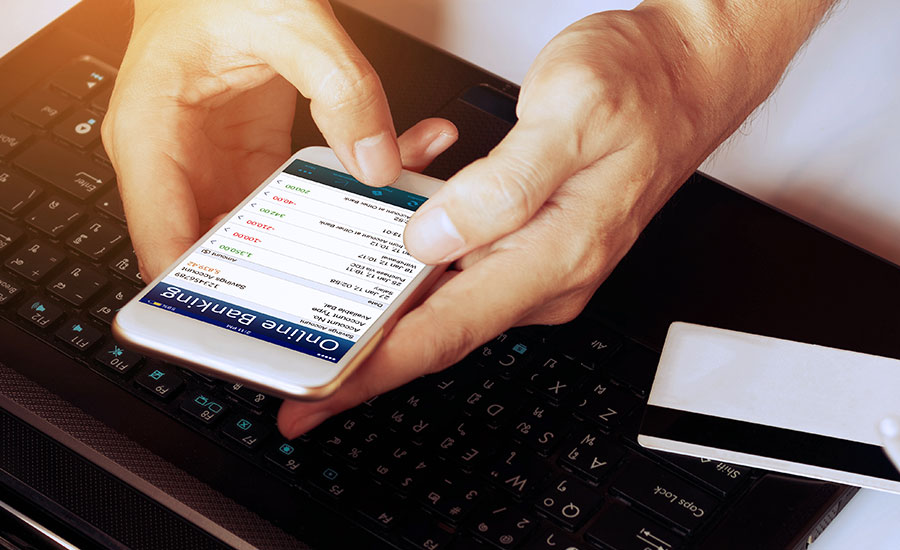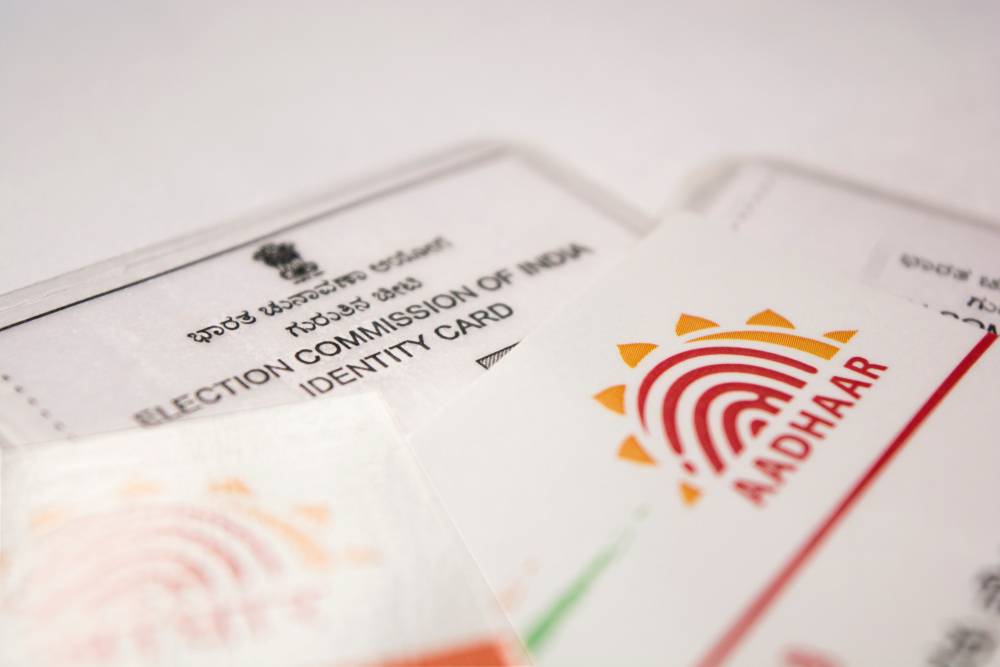What is Digital Banking?
Digital Banking is the digitization of all the traditional banking services that were previously only available to the customers when they stepped in physically inside a bank branch.
These services include –
- Money Deposits
- Transfer of Funds
- Withdrawals
- Bill Pay
- Checking/ Saving Account Management
- Loan Management
- Account Services
- Applying for Financial Services
Types of Digital Banking Payments
Banking Cards
Cards like debit or credit cards are used for online transactions and in Point of Sale (PoS) machines. They are used to withdraw cash. Banks also issue prepaid cards which are not linked to the bank account but function through loaded money in them.
Mobile Wallets
Mobile Wallets are virtual wallets that store credit card numbers, debit card numbers, and loyalty card numbers. It is accessed through an app installed on a mobile device. The most popular mobile wallets are Google Pay, Paytm, Apple Pay, and Samsung Pay.

PoS terminals
POS Terminal is an electronic tool in the retail market to facilitate card payments. However, PoS terminals have evolved into more than physical PoS devices. Virtual and Mobile PoS terminals have surfaced, which makes use of the mobile phone’s NFC feature and web-based applications to initiate payment.
Is Work From Home Getting On Your Nerve?
Internet and Mobile Banking
Internet Banking is also known as E-Banking is a subset of Digital Banking as it is limited to the core functions such as it provides services over the internet, such as fund transfers, and opening and closing accounts. Mobile Banking is availing banking services through mobile applications.

Unified Payments Interface (UPI)
UPI is a system that powers multiple bank accounts into a single mobile application, merging several banking features, seamless fund routing & merchant payments into one hood. It makes use of a virtual payment address (VPA) so the user can transfer funds without entering bank account details or IFSC code.
Aadhaar Enabled Payment System (AEPS)
AEPS is an Aadhaar-enabled payment system through which you can transfer funds, make payments, deposit cash, make withdrawals, make inquiries about bank balance, etc. It allows customers to make payments using their Aadhaar number and by providing Aadhaar verification at point of Sale (PoS) or micro ATMs.

Unstructured Supplementary Service Data (USSD)
USSD allows users without a Smartphone or data/internet connection to use mobile banking through the *99# code. The main aim of the USSD payments service is to allow financial inclusion of the underbanked and economically weaker sections of the society and integrate them into mainstream banking. It is used for transfers, checking account balances, generating bank statements, etc.
Benefits of Digital Banking
24×7 Availability and Convenience
The customers can enjoy all the banking services at any time he wishes to round the clock from a convenient place without going physically to a Bank.
Time Constraints
Banking services require waiting for considerable periods. Banks had boards placed up at their branches specifying the time needed for various services. But with digital banking, it is instant, with no time constraints and people don’t have to wait in a queue.

Lowered Cost
Digital banking has drastically reduced the operating costs of banks. Due to this, banks can charge lower fees for services and also could offer higher interest rates for deposits. Lower operating costs mean more profits for the banks.
Take Psychometric Test To Know Your Best Career
Limitations of Digital Banking-
Cybersecurity Concerns
Digital Banking makes a customer vulnerable to cyber attacks or identity theft. So whenever you use digital banking services, be careful to avoid using networks that are not secure and be change your passwords and protect your login information. However, Banks are still working on making it more secure by taking steps such as two-factor identification, biometric, etc.

No relationship with Personal Banker
Through traditional banking, you develop a personal relationship with the Banker. While in digital banking you get an anonymous Customer service agent who doesn’t know you well. If you have a financial relationship with someone who can help and who knows you well can be a major advantage over digital banking.
Internet Connection
Digital Banking requires a good internet connection. So if your internet connection is unstable or the bank server is slow then the speed of the transaction will be slow or the transaction might fail. If the system crashes or there is a bug in their code it may lead to losses






